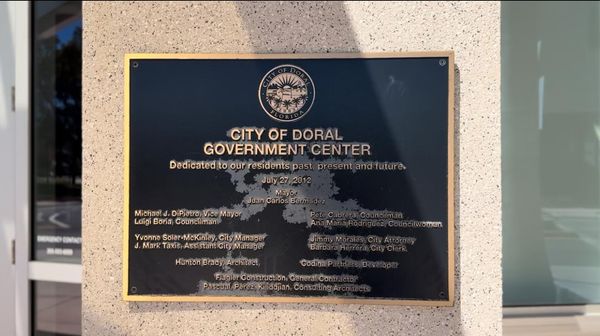
This year fuel forecourt prices have been the second highest on record, according to the AA, even though petrol fell to its lowest level in more than two years this week.
Despite the recent drop, the average cost of petrol and diesel across 2023 has meant another year of pain for drivers, beaten only by last year’s shock at the pumps, according to the motoring body.
Car drivers have paid £12.50 more to fill their tank, for a typical 55-litre tank of petrol and an 80-litre tank of diesel, than in 2019 before the Covid-19 outbreak. A van driver has been £21.42 worse off for each tank load.
This week brought some relief, however. On Tuesday, the average price of petrol fell to 141.30p a litre, the lowest since mid-October 2021. Diesel has dropped to an average of 149.14p a litre, similar to the level in the second week of August.
Petrol has fallen around 9p a litre over the past month, knocking almost a fiver off the cost of filling a tank. Since the beginning of October, when petrol peaked at 157.12p, the cost of filling a typical 55-litre petrol tank has dropped from £86.42 to £71.72 – meaning a saving of £14.70 for drivers.
After diesel peaked at 163.11p a litre on 30 September, the cost of filling an 80-litre Transit van tank has fallen from £130.49 to £119.31.
There is greater competition among fuel retailers, spurred on by the Competition and Market Authority’s scrutiny of the road fuel market and the government’s move to introduce statutory pump-price transparency.
Luke Bosdet, an AA spokesperson, said: “Petrol is at a two-year low and many retailers selling the fuel well below 140p a litre is a reminder of where pump prices used to be before Covid and the Ukraine war, although current prices would have set off alarms and driver protests before 2020.
“Drivers will have to wait to see if recent pump price falls bottom out and perhaps even lead to higher prices. However, for Christmas, the cost of road travel will likely stay 10p a litre cheaper than the during the festive period last year.”
Lower petrol prices were the main factor behind a surprisingly large drop in the UK’s annual inflation rate to 3.9% in November from 4.6% in October, the lowest in two years. There are glimmers of hope that pump prices may begin to return to pre-pandemic territory, the AA said.
The current petrol price is below the 142.48p record set in April 2012, and is helped by the 5p cut in fuel duty in March 2022 – worth 6p if VAT is factored in. Over the winter, wholesale costs in commodity markets tend to be lower, when motorists travel less and petrol demand is reduced.
Diesel’s current 149.14p average compares with the pre-pandemic record of 147.93p, also in April 2012. Unlike petrol, diesel costs tend to go up in winter due to seasonal pressures, such as demand for heating oil, which comes from the same part of the oil barrel.







